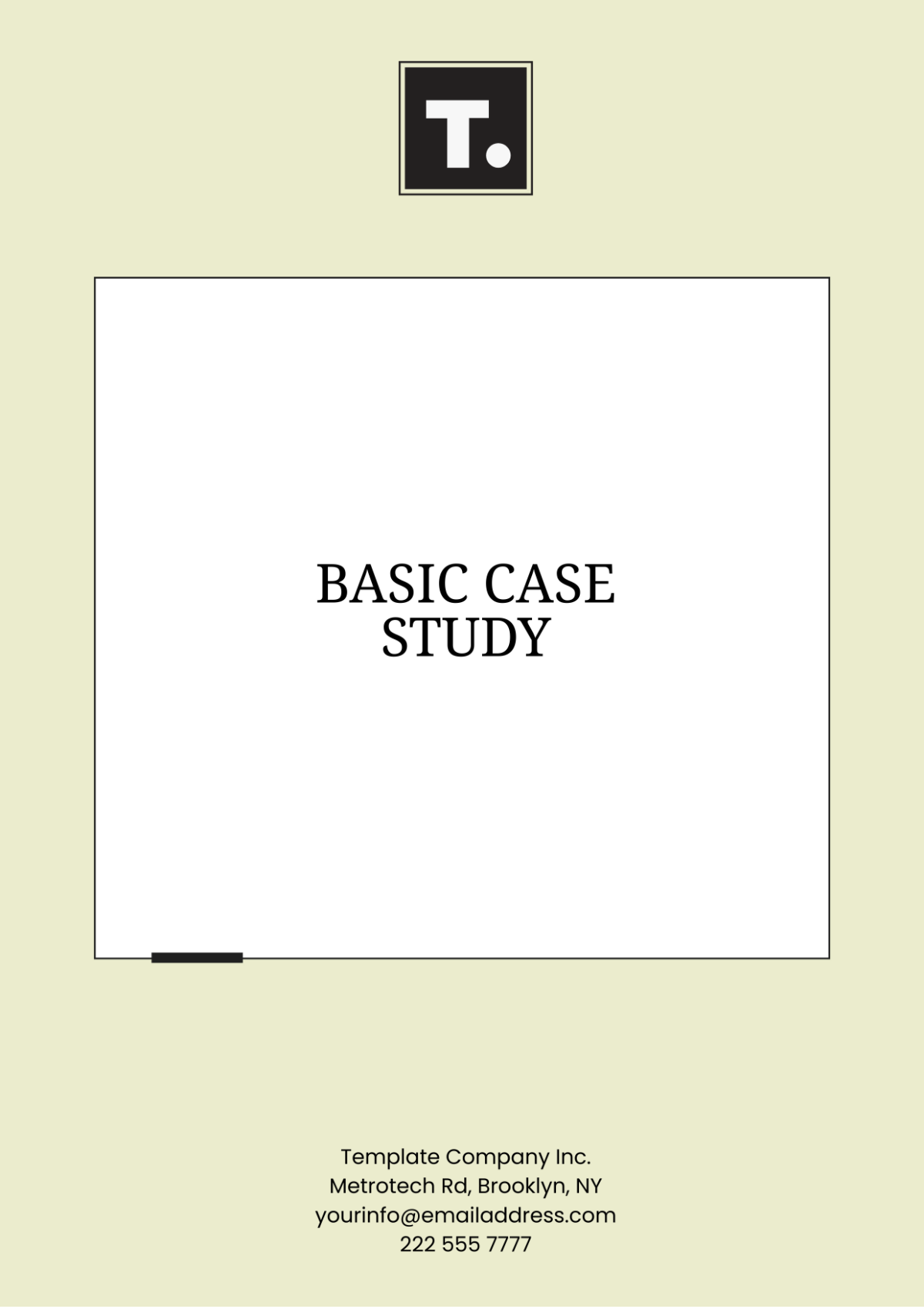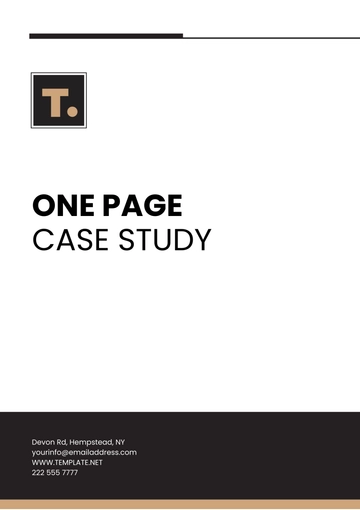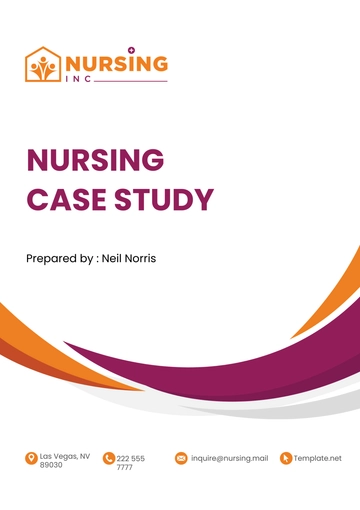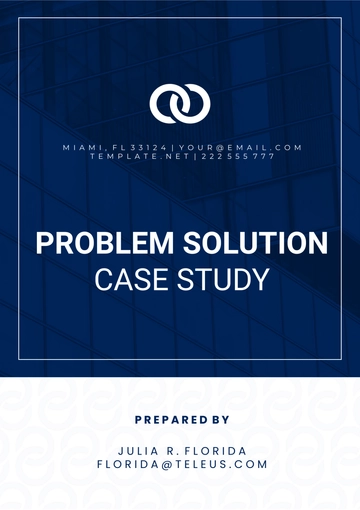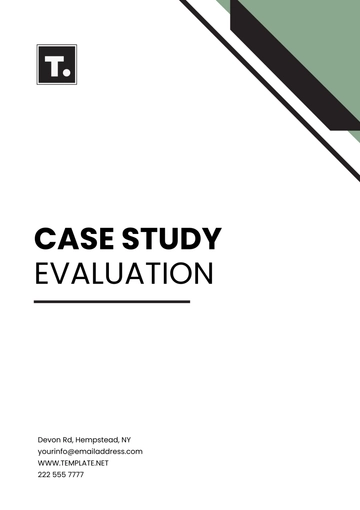Basic Case Study
I. Introduction
The case study's introduction plays a crucial role not only in setting the stage for the rest of the text but also in offering the essential context required for the reader to grasp the topic completely. This section outlines the main goals and important points that will be addressed in the case study, thereby giving the reader an initial comprehension of the forthcoming arguments and discussions. Therefore, the introduction's function exceeds merely initiating the case study, it also readies the reader for the detailed data that will be revealed in the later portions.
A. Background
In this section, provide background information on the subject of the case study, including [Your Company Name]'s industry, market position, and any relevant historical context.
B. Objectives
Clearly state the objectives of the case study, outlining what [Your Company Name] aimed to achieve or learn through the project or initiative being examined.
II. Methodology
In the case study, the methodology section provides an in-depth description of the approach that was employed in conducting the research or analysis that is being presented.
A. Data Collection
Describe the methods used to collect data for the case study, whether through interviews, surveys, observations, or analysis of existing information.
B. Analysis
Explain the process of analyzing the collected data, including any tools or techniques utilized to derive insights and draw conclusions.
III. Findings
Present the findings of the case study, highlighting key observations and outcomes that emerged from the research or analysis.
A. [Main Finding 1]
Detail the primary finding or insight revealed by the case study, supported by evidence and data collected during the research process.
B. [Main Finding 2]
Discuss another significant finding or trend identified through the analysis, providing context and implications for [Your Company Name].
IV. Discussion
The discussion section interprets the findings in the context of [Your Company Name]'s goals and industry landscape, offering insights and recommendations for future action.
A. Implications
Explore the implications of the findings for [Your Company Name], considering how they align with strategic objectives or present opportunities for improvement.
B. Recommendations
Provide actionable recommendations based on the insights gained from the case study, outlining specific steps [Your Company Name] can take to capitalize on strengths or address challenges.
V. Conclusion
Summarize the key points of the case study and reiterate its significance in relation to [Your Company Name]'s objectives and broader industry trends.
A. Key Takeaways
Highlight the most important insights or lessons learned from the case study, emphasizing their relevance to [Your Company Name]'s future endeavors.
B. Future Outlook
Offer reflections on the potential impact of the case study findings on [Your Company Name]'s future strategies and initiatives, considering emerging trends and market dynamics.
This template provides a structured framework for crafting comprehensive case studies that effectively communicate the objectives, methodology, findings, and implications of [Your Company Name]'s projects or initiatives.
Prepared By:
[Your Name]
Contact Details:
[Your Email]
[Your Company Name]
[Your Company Address]
Case Study Templates @ Template.net
